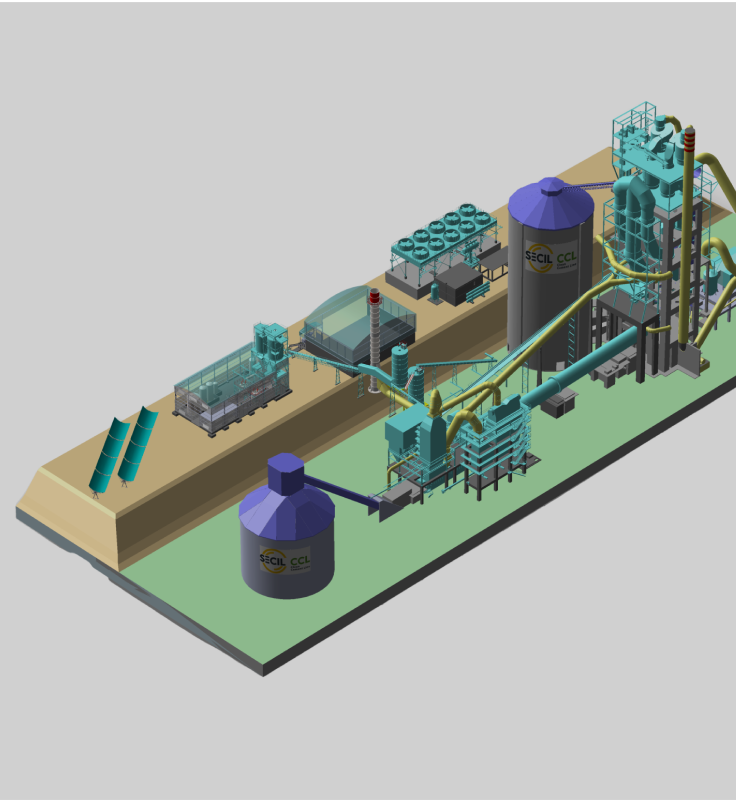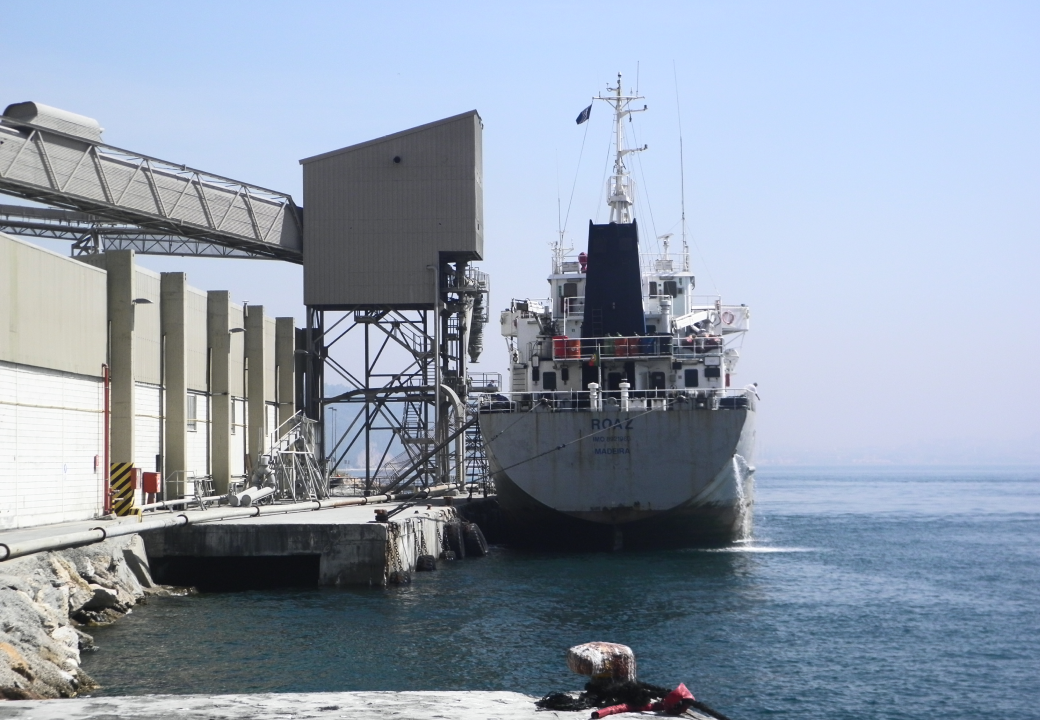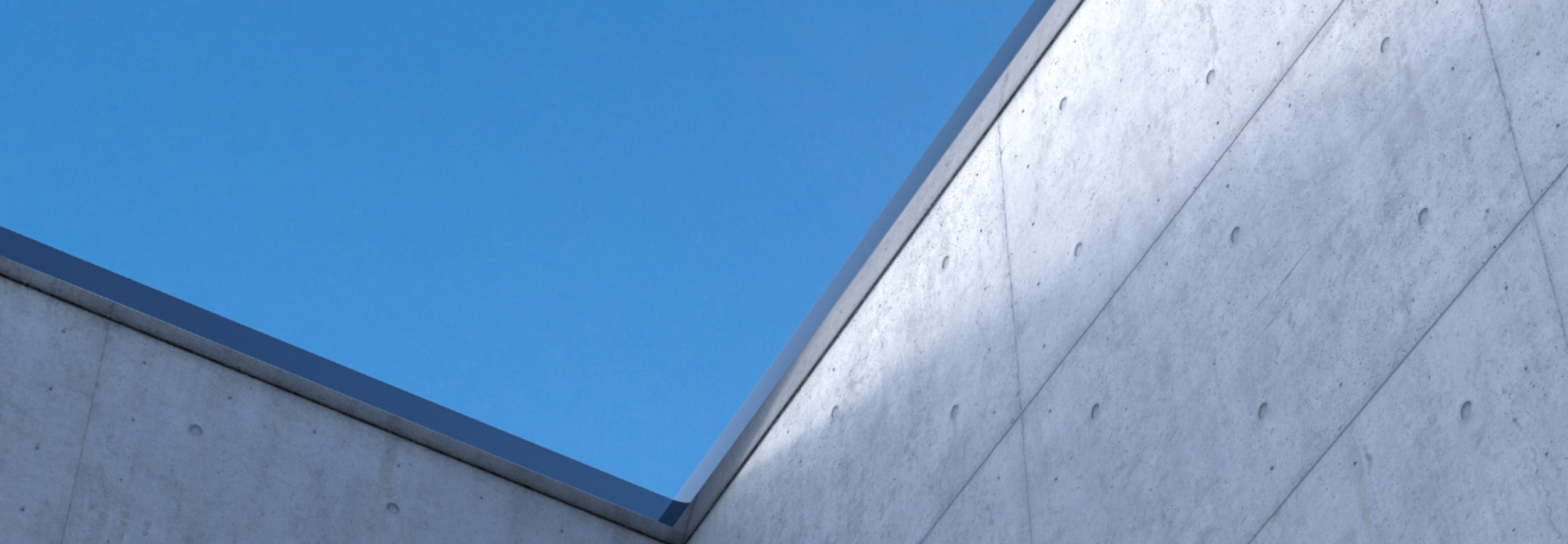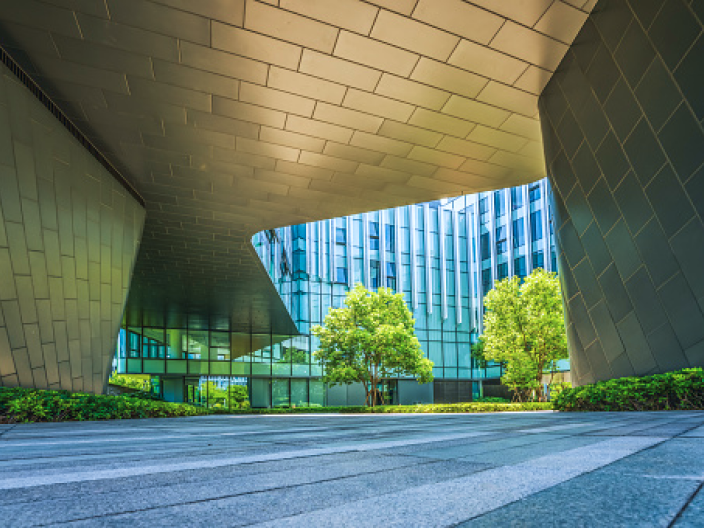How are we decarbonising Secil?
The decarbonisation topic and the commitment to reduce greenhouse gas emissions are increasingly present in the actions of companies.
To achieve carbon neutrality by 2050 and following the guidelines that have been established for the cement industry sector, Secil Group has committed to reducing CO₂ emissions associated with its value chain, developing a set of projects that focus on the product, operation, and transport.









